The Role of Personal Protective Equipment in Workplace Safety
The Role of Personal Protective Equipment
In every work environment, safety is paramount, and personal protective equipment (PPE) serves as the last line of defence against potential hazards. Ranging from helmets and gloves to masks and eye protection, PPE is designed to shield workers from injuries and occupational diseases. This article will explore the crucial role of PPE in workplace safety and how the IOSH Working Safely course can enhance its effectiveness. By incorporating the IOSH Working Safely course, employees gain a better understanding of PPE’s importance, learn to identify hazards, and adopt a safety-conscious mindset, ensuring consistent and proper use of PPE, ultimately leading to a safer work environment and reduced risks of accidents and injuries.
Importance of PPE
Protection from Hazards: PPE protects workers from physical, chemical, biological, and other hazards that they may encounter in the workplace.
Compliance with Regulations: In many jurisdictions, providing suitable PPE is not just a matter of best practice but is required by law. Employers must comply with these regulations to ensure workers’ safety.
Prevention of Accidents and Injuries: By wearing appropriate PPE, workers can prevent injuries such as cuts, burns, or eye damage that might occur during their daily tasks.
Types of PPE and Their Uses
- Head Protection: Helmets and hard hats protect the head from falling objects and impact injuries.
- Eye and Face Protection: Safety glasses and face shields, shield the eyes and face from flying debris, chemicals, and other hazards.
- Respiratory Protection: Masks and respirators filter airborne contaminants, protecting the respiratory system.
- Hand Protection: Gloves defend against cuts, abrasions, burns, and exposure to hazardous substances.
- Hearing Protection: Earplugs and earmuffs reduce exposure to harmful noise levels.
- Foot Protection: Safety boots and shoes provide protection against falling objects and punctures.
Implementation and Training
Proper implementation and training are vital to the success of a PPE program. Employees must be educated on:
The correct use and maintenance of PPE.
The limitations of PPE.
Proper fitting and personalisation.
The necessity of immediate reporting of damaged or malfunctioning PPE.
The Role of Personal Protective Equipment
The role of personal protective equipment in workplace safety cannot be overstated. It acts as a barrier between the worker and potential dangers, minimizing the risk of injury and illness. Employers must recognise the significance of PPE and invest in quality equipment and training to ensure its effective use. By fostering a culture that prioritises safety and embraces the use of PPE, organisations can create a working environment where employees feel protected and valued. Remember, a safe worker is a happy and productive worker. To reinforce this safety culture, consider implementing the IOSH Working Safely course, which empowers employees with the knowledge and understanding of PPE usage and reinforces the importance of workplace safety.

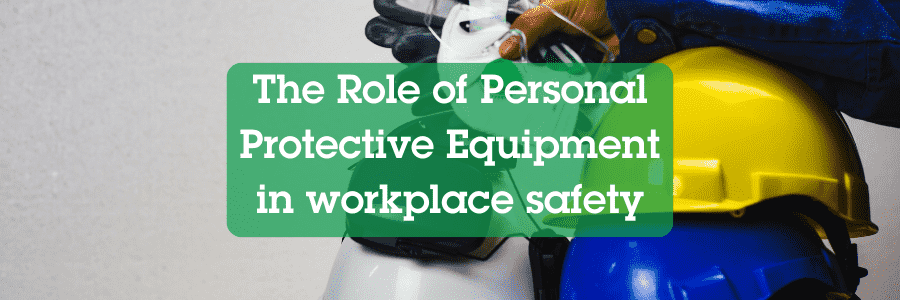

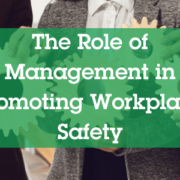


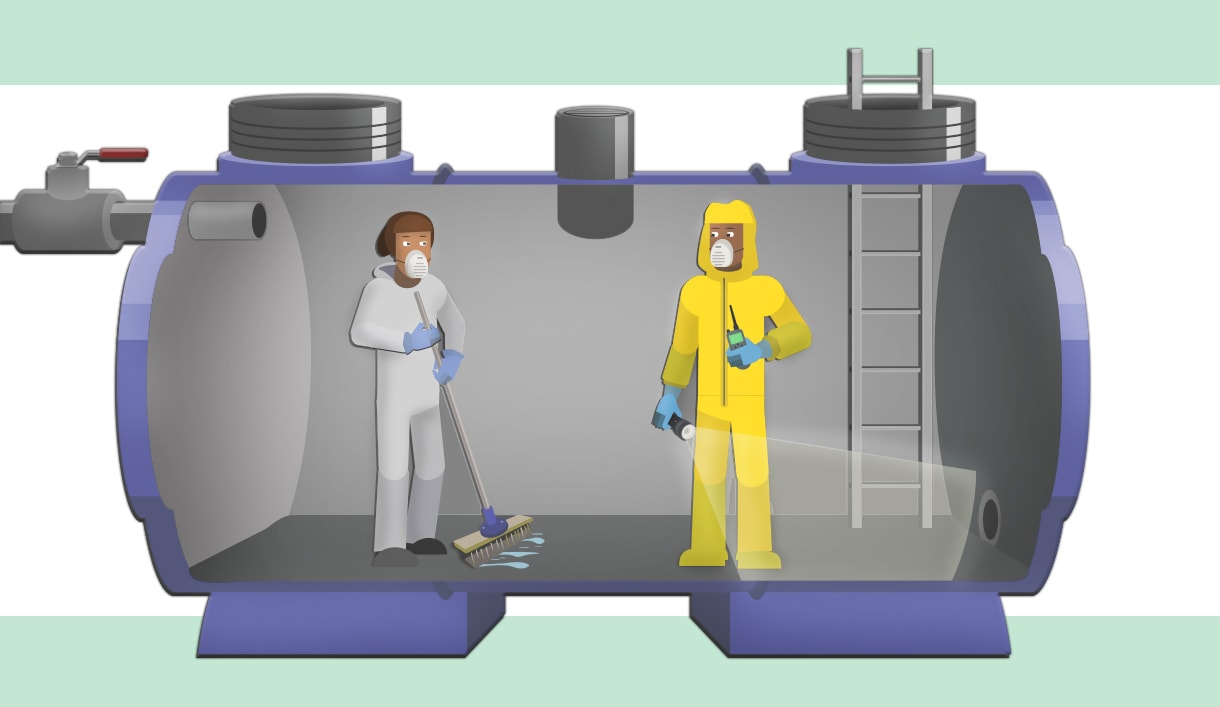
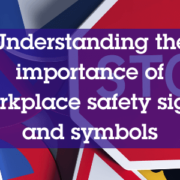
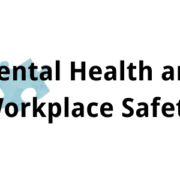



Leave a Reply
Want to join the discussion?Feel free to contribute!